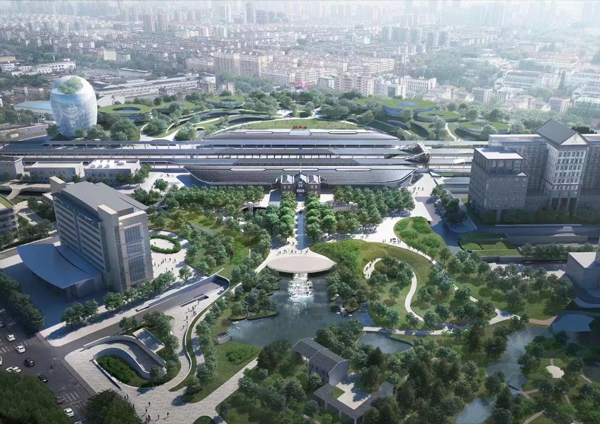As the global demand for renewable energy increases, solar energy as an important source of clean energy has received increasing attention. While promoting the advancement of solar technology, how to integrate solar energy systems into building structures has become an important development direction. The installation of rooftop solar panels, as an important part of this development trend, is gradually changing our traditional views and ways of energy utilization.
Traditionally, solar panels are usually installed on additional structures of buildings, such as brackets on the roof or racks on the ground. However, with the advancement of technology and innovation in design, the concept of rooftop solar panels is gradually becoming a reality. This technology can not only be better integrated into the appearance and structure of the building, but also provide more efficient and sustainable energy solutions.
The installation of rooftop solar panels is not just about simply placing panels on the roof. It involves the deep integration of construction engineering, electrical engineering and solar technology. First, the design team needs to take into account the structural characteristics of the building to ensure that the installation does not affect the structural stability and aesthetic appearance of the building. Secondly, electrical engineers need to design a suitable electrical layout to maximize energy collection and utilization efficiency. Finally, solar technology experts are responsible for selecting and installing efficient solar panels and related equipment to ensure the reliability and durability of the entire system.
The advantage of rooftop solar panels is that they can not only provide clean energy for buildings, but also reduce overall energy costs and reduce dependence on traditional power grids. Especially in cities and densely populated areas, rooftop solar panels can maximize the use of limited space resources and provide reliable power support for residents and businesses.

